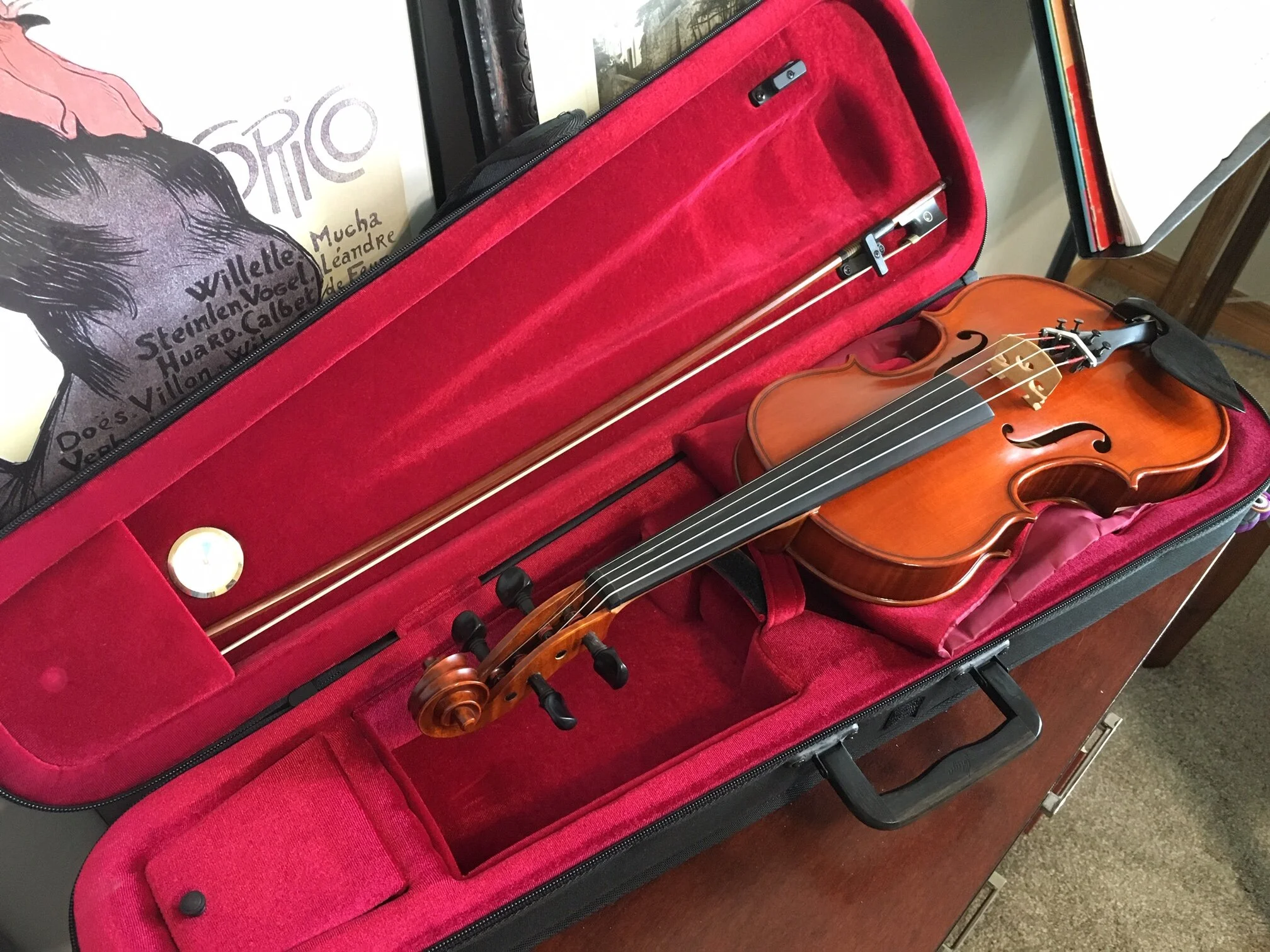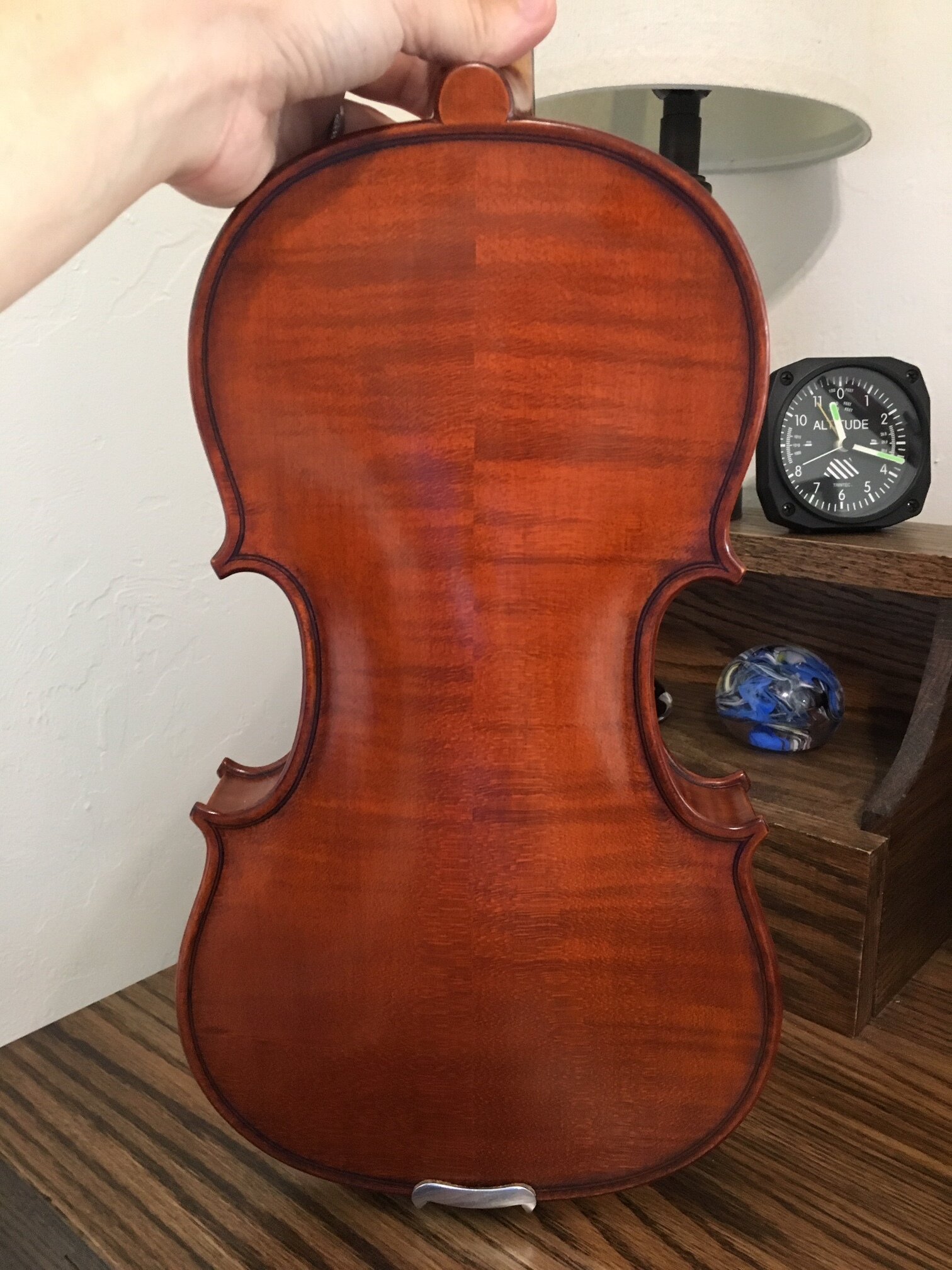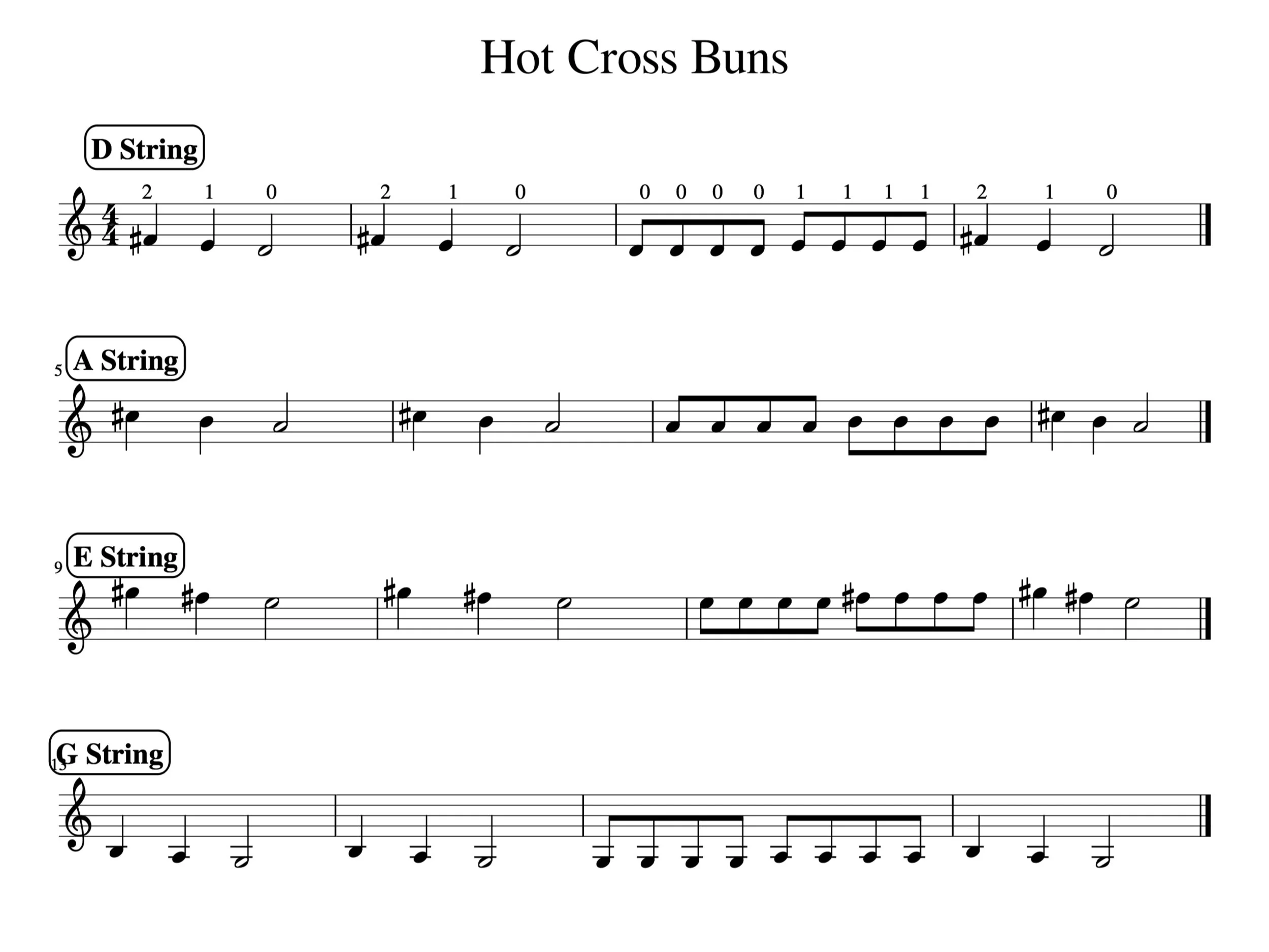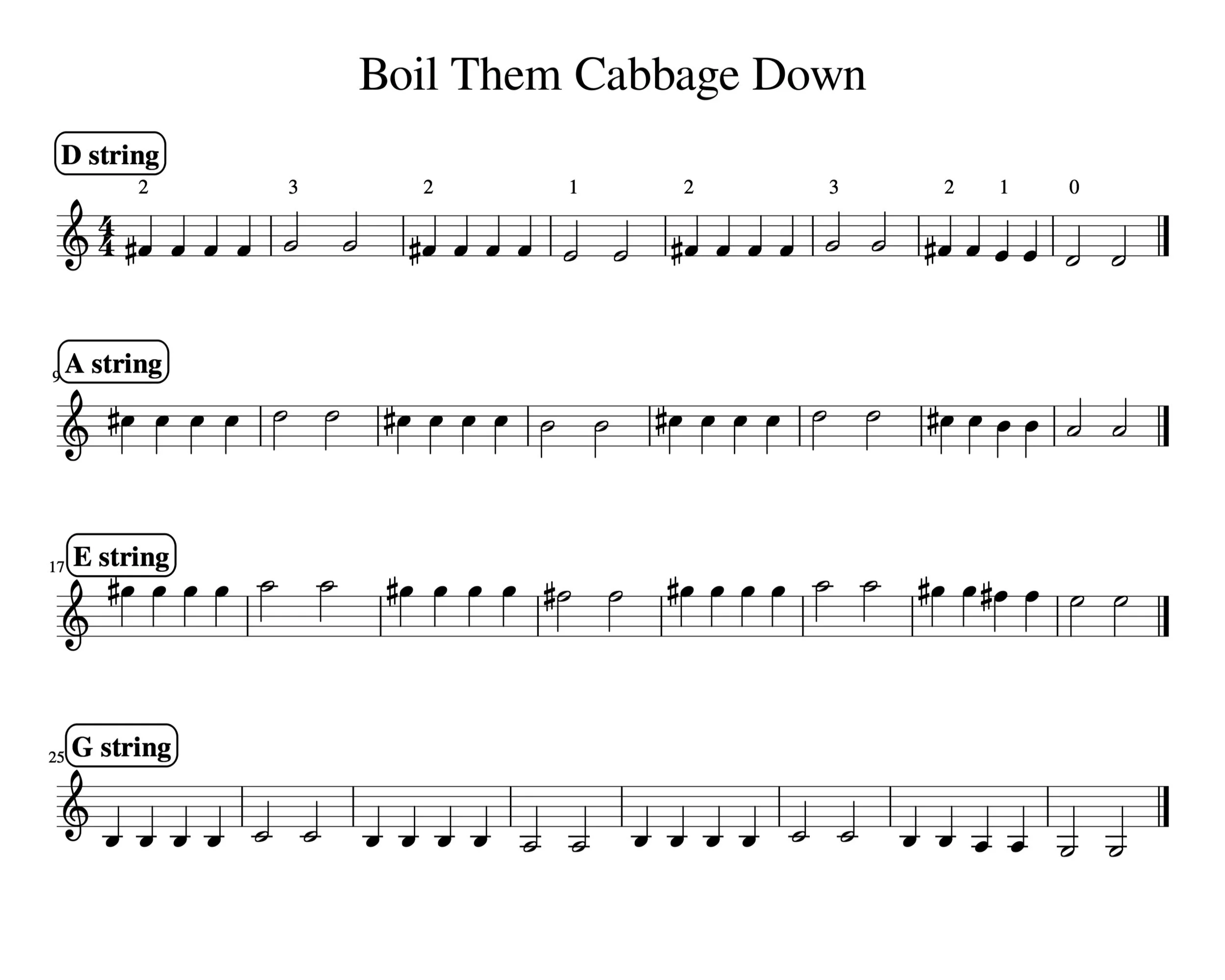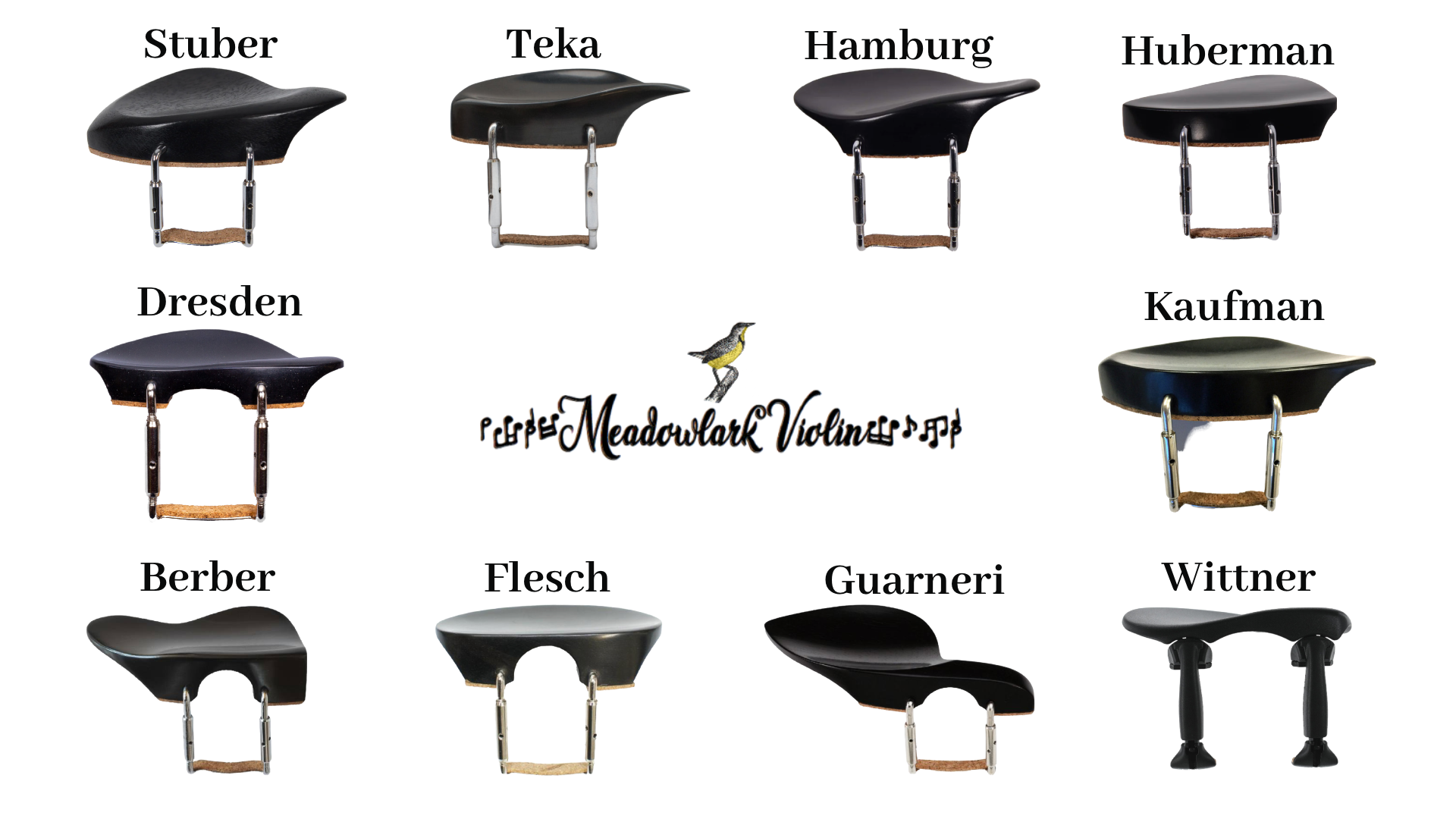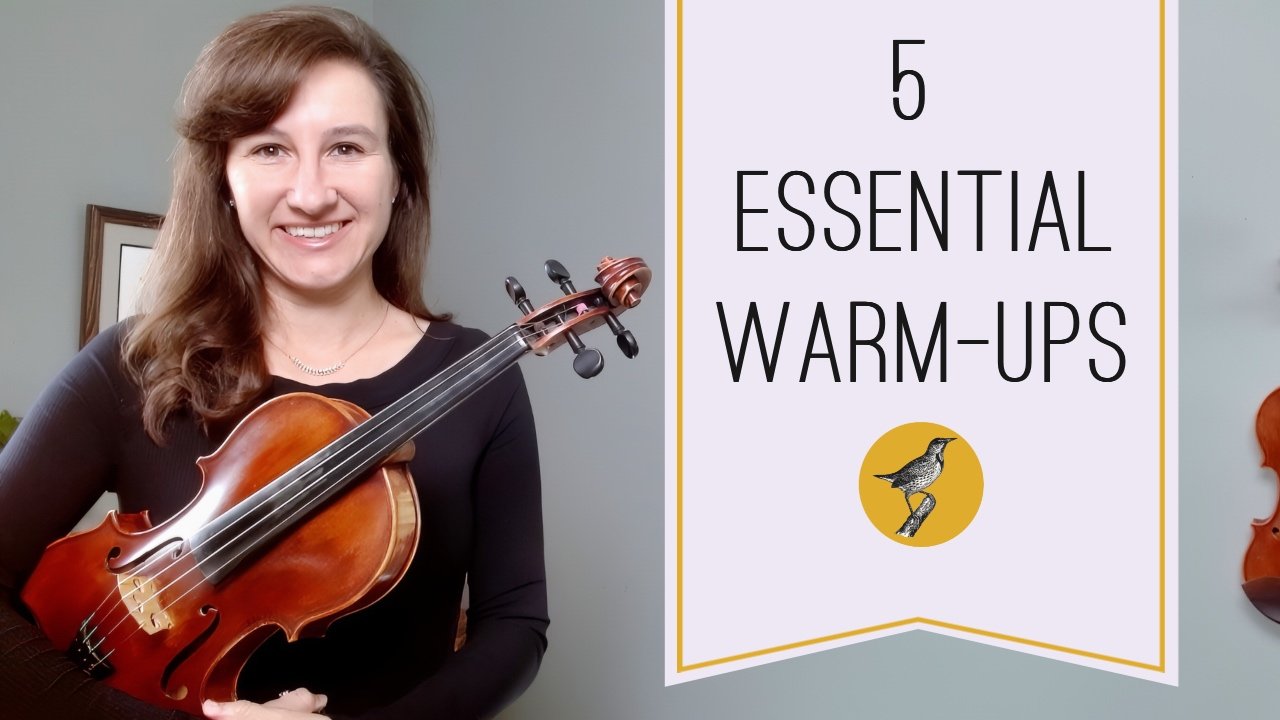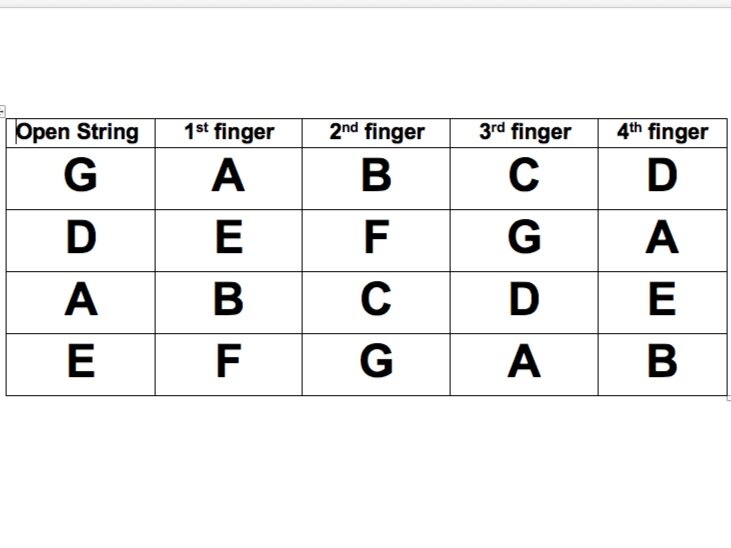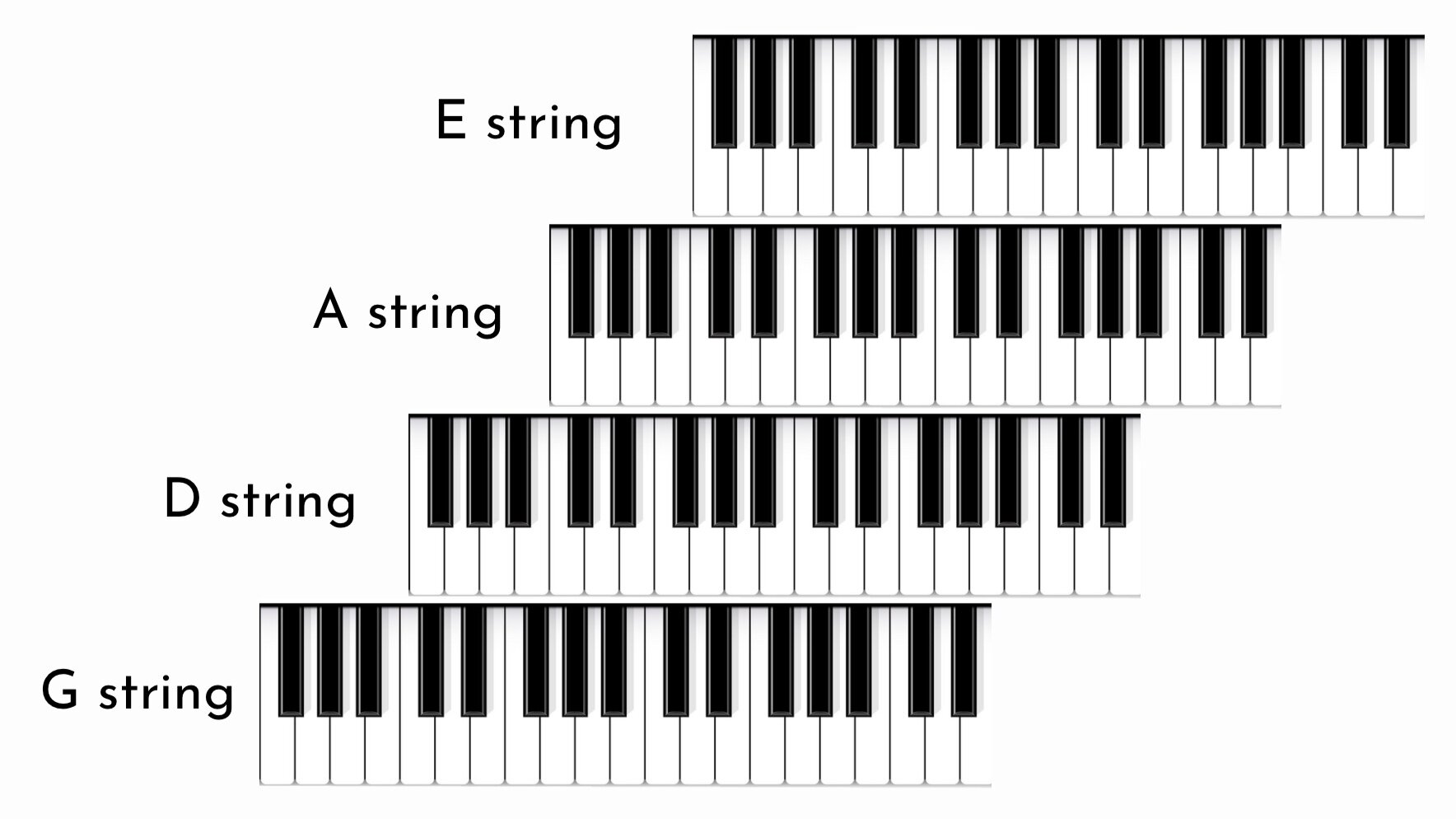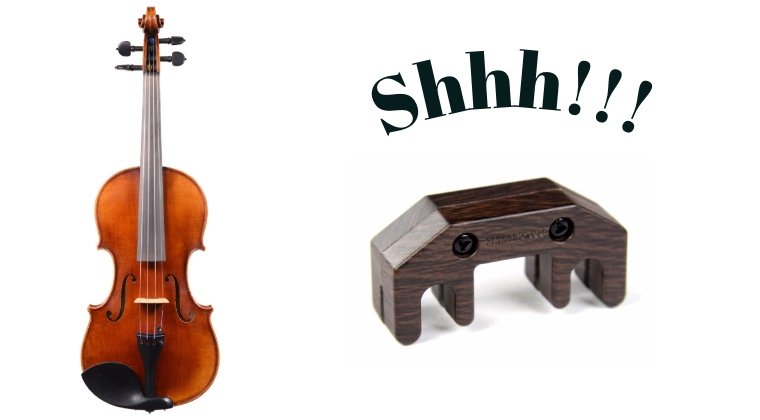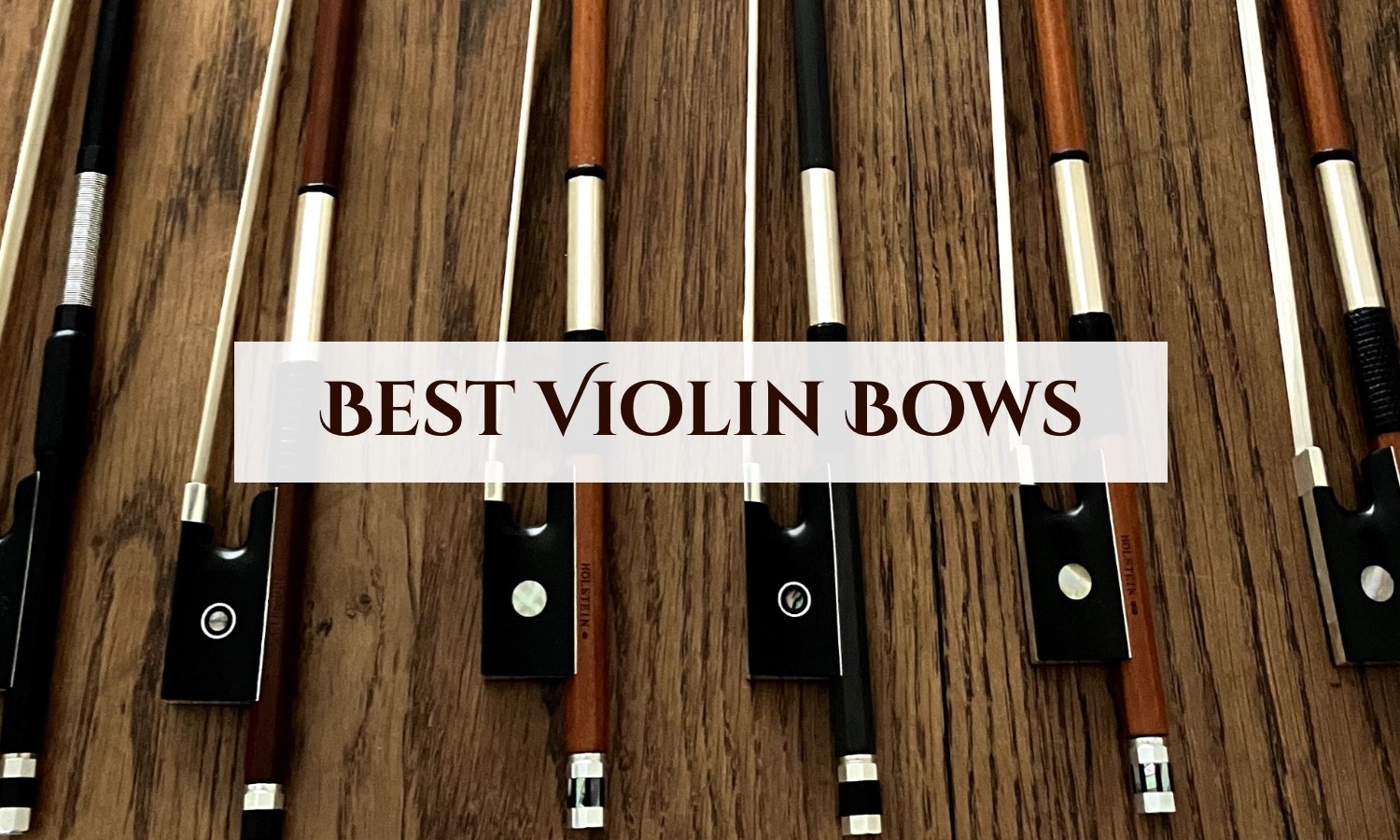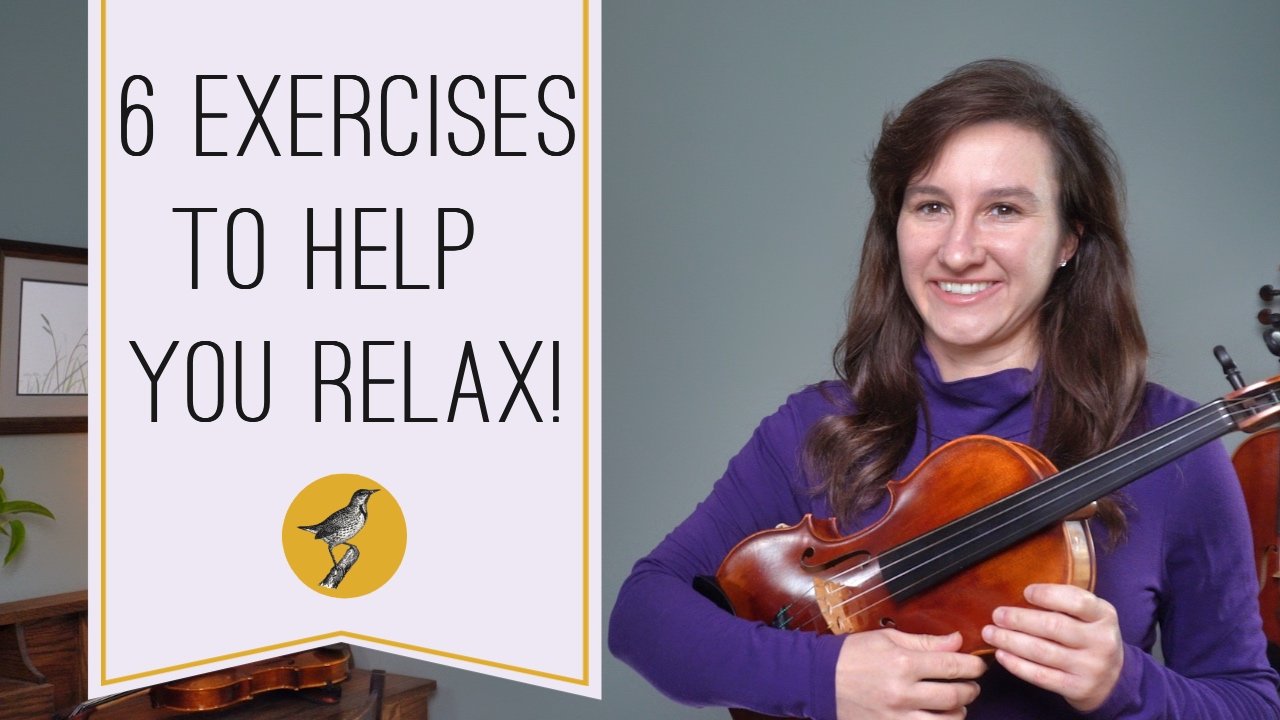The Painful But Unavoidable Task of Charging for Missed Lessons
/One day before my guitar lesson as a teenager, my mother realized she had misplaced her car keys. We searched frantically with no luck. In those days, you had to drive to your lessons and no keys meant no lesson. We called my guitar teacher and told him of our woes and that we wouldn’t be making it to lessons today.
I remember being shocked, and a little mad that he charged us for that lesson. After all, it wasn’t our fault that we lost the keys. He didn’t have to do anything for that hour, so why would he make us pay?
As a teacher, I see the other part of the story.
It wasn’t my teacher’s fault that we misplaced the keys. Now I see that making him pay (through his time) for our mistake makes no sense.
Teaching lessons is like selling seats on an airplane. There are only so many seats you can sell. For teachers, there are only so many time slots you can offer. And those time slots are very precious because everyone wants the same times! If you reserve a seat on an airplane and don’t show up, well, no one else gets to sit in that seat either.
Rescheduling missed lessons for a student is like giving a student two seats for the price of one while kicking off the passengers who would have paid full price for both seats.
A business simply can’t survive on that logic. And I tried….for many years.
On average, two to three students every week cancel or don’t show up for various reasons within the 24 hour period before a lesson. Sometimes they simply forget, sometimes they’re sick, sometimes it’s other issues like technical or internet problems.
While I love teaching violin and I consider it my true passion and calling, it’s also how I support my family. When a student misses a lesson, someone bears the burden of that missed lesson. Either the student bears the burden by paying the cost of the lesson, or the teacher pays by giving up their time for free.
A few years ago I realized that I was bearing the burden every time a student couldn’t make the time slot they reserved. I came to a crossroads. I could either ask students to bear the burden when they miss a lesson, or get another job and stop teaching violin so I could pay the bills.
This is no easy decision for me every time I explain this to a student. Keep in mind that the time a teacher spends during a missed lesson is not enjoyable “free time.” I check and recheck my connection, end the call, join again, continuously check my email and messages, then write the student to see what’s going on. I usually spend the majority of the lesson time doing something for the student. Trust me, I would much rather teach! If I were to reschedule the lesson, I would not get paid for all the time I already spent trying to resolve the missed lesson.
I hope this helps you understand why teachers must charge when students miss a lesson or tries to cancel within 24 hours of the lesson. Teaching is our passion and in order to help as many students as possible and do what we love doing, charging for missed lessons is an unavoidable part of our job!
Thank you for understanding!



